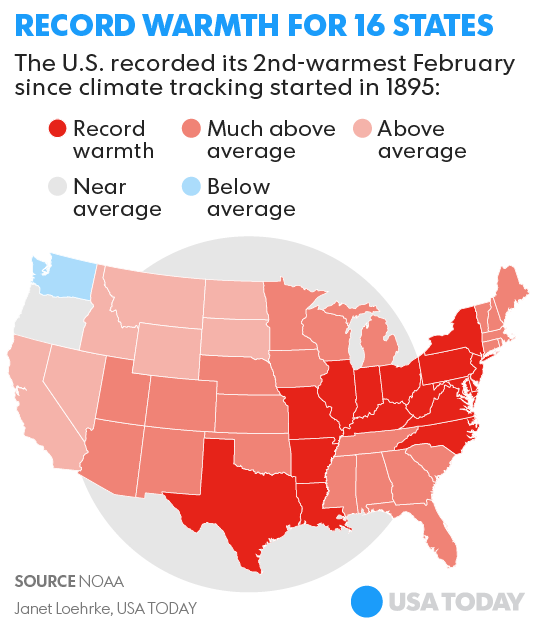Hurricane-force winds wreaked havoc in the Canadian most easterly province of Newfoundland and Labrador on Saturday, March 11, 2017, downing power lines, damaging homes and tipping over cars. It was the fiercest storm the province has seen in more than 10 years, officials said.
The storm produced wind speeds of up to 180 km/h (112 mph) at its peak, causing significant power outages and damage to property. The authorities urged drivers to avoid all non-emergency travel and to clear off the roads while emergency crews deal with the damage.
Environment Canada meteorologist Wanda Batten said peak wind speeds in some areas broke records previously held by hurricane Igor in 2010. "It was the strongest storm we've seen in more than a decade," she said Saturday. "It blew through three-quarters of the island."
The extreme winds on the back of the low brought extensive damage to much of eastern Newfoundland,” the government said. “Reports of damage include: power outages, tipped over trucks and trailers, siding and shingles ripped from buildings. In extreme cases, sheds, roofs, and the top floor to some houses were blown away.”
Powerful winds grounded flights at St. John's International Airport, wreaking havoc on travel plans as the airport measured winds of up to 158 km/h (98 mph), the equivalent of a Category 2 hurricane on the Saffir-Simpson Hurricane Wind Scale. Ferry crossings in the region were also canceled and several roads closed due to white-out conditions.
In a statement released Sunday night, March 12, authorities at St. John’s International Airport said that the airport has sustained significant damage to its facilities. An electrical component in the Airport’s Terminal Electrical room was damaged, resulting in no electrical feed entering the Terminal Building.
"The Terminal Building is presently operating under backup emergency power provided by two emergency generators as well as reduced normal power. The Airport Authority is reviewing all options to have heat and key operational systems restored as soon as possible," it said.
At the height of the storm, some 70 000 customers were without power, Newfoundland Power said.
No serious injuries have been reported.







 Firefighters work to remove a fallen tree from a car caused by tropical cyclone Enawo in Antananarivo, Madagascar, on March 8, 2017.
Firefighters work to remove a fallen tree from a car caused by tropical cyclone Enawo in Antananarivo, Madagascar, on March 8, 2017.




















You need to be a member of Earth Changes and the Pole Shift to add comments!
Join Earth Changes and the Pole Shift